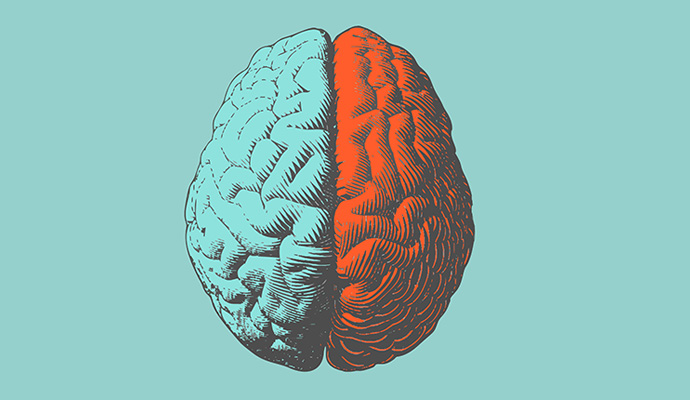$2.3M NIH Award to Support AI-Driven Brain Imaging Research
Indiana University has received a $2.3 million award from the NIH BRAIN Initiative to advance the development of open-source AI tools for brain imaging research.

Source: Getty Images
- Researchers from Indiana University have been awarded $2.3 million from the National Institutes of Health (NIH) to support the development of open-source, artificial intelligence (AI)-driven tools for brain imaging research.
The award is part of the NIH Brain Research through Advancing Innovative Neurotechnologies (BRAIN) 2.0 Initiative, an effort to accelerate innovations and technologies that help researchers better understand the human brain.
The grant will support work on a community-supported open-source software for computational neuroanatomy. The project focuses on gaining insights into brain networks and how they relate to neural computation through the use of computational tools to analyze diffusion magnetic resonance imaging (MRI) data.
These insights are crucial to developing medical breakthroughs, the research team indicated.
“A patient takes medicine, but how does a doctor know if it’s working?” said Eleftherios Garyfallidis, PhD, associate professor of Intelligent Systems Engineering at the Indiana University Luddy School of Computing, Informatics and Engineering, in a press release. “How do we know if the targeted parts of the brain are getting better? This project aims to answer those questions.”
Garyfallidis specializes in tractometry, a method that uses diffusion MRI data to create 3D models of the brain.
The networks that connect different brain regions are made up of bundles known as tracts, which the press release notes contain axons, or nerve fibers, from millions of neurons. Studying these networks could lead to significant advances in psychiatric, neurological, and cognitive health.
The project will advance existing work by Garyfallidis and his team on the DIPY software, which provides tools for the analysis of diffusion MRI data. The platform is open-source and freely available to researchers.
The grant will be used to improve the existing tractometry tools and deploy end-to-end solutions, allowing neuroscientists to study the brain’s white matter in both healthy populations and patients with neurological diseases.
The project also aims to validate these tools using data from human and non-human primates.
The researchers underscored that the tools will remain open-source.
“Open-source scientific software needs to be in the loop with medical practice,” Garyfallidis said. “Medical doctors want to learn how AI methods work; they want to understand. We need to stop pushing black-box solutions to the hospitals.”
Researchers are also utilizing AI in other neurological studies.
In May, a research team from the University of Texas at Austin (UT Austin) shared that they had created an AI system capable of translating human brain activity into continuous streams of text.
The tool, a type of brain-computer interface called a semantic decoder system, is designed to provide a method of communication for patients who are mentally conscious but unable to speak, such as stroke victims.
The tool uses a transformer model to translate a patient’s brain activity into text while they are listening to a story or imagining telling a story. The produced text either closely or precisely captures the intended meaning roughly half the time.
